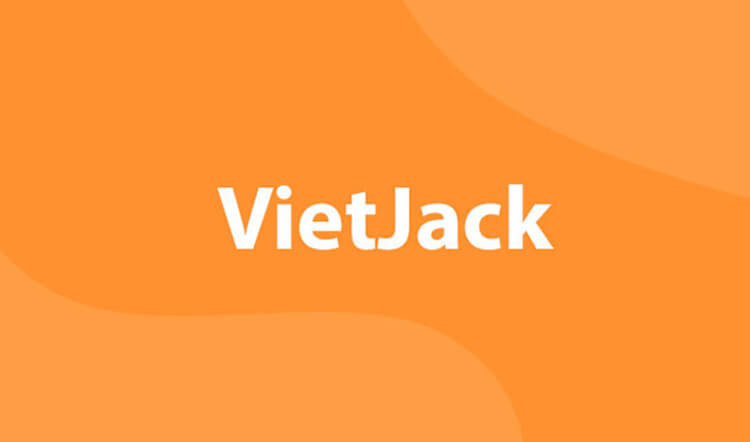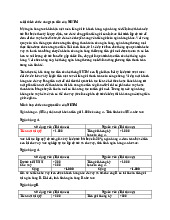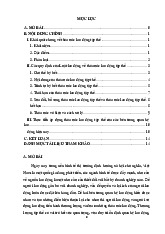






Preview text:
lOMoAR cPSD| 46578282
Chapter 28/Unemployment and Its Natural Rate 165 Chapter 28
Unemployment and Its Natural Rate 1.
The amount of __________increases when the economy goes into a recession and decreases when the
economy goes into an expansion. a. structural unemployment b. seasonal unemployment
c. cyclical unemployment d. frictional unemployment 2.
It is difficult for cyclically unemployed persons to find jobs because
a. they typically do not meet the qualifications required for the available jobs.
b. the economy is in a recession.
c. they voluntarily quit their last jobs and employers may view them as unreliable.
d. they typically have not looked long enough to find a job. 3.
The natural rate of unemployment is the economist’s notion of a. full employment. b. cyclical employment. c. structural unemployment. d. frictional unemployment. 4.
Yuan recently completed his college degree and is entering the labor market for the first time. He has been
submitting applications and has been interviewed twice in the last two weeks, but so far has not found a job.
Yuan could be classified as a. frictionally unemployed. b. seasonally unemployed. c. structurally unemployed. d. cyclically unemployed. 5.
Providing training for unemployed individuals will help to alleviate a. frictional unemployment. b. seasonal unemployment.
c. structural unemployment. d. cyclical unemployment. 6.
According to the data from the Bureau of Labor Statistics found here, the labor force totals Number of workers employed 8,400 Frictional unemployment 250 Structural unemployment 350 Cyclical unemployment 600 Discouraged workers 400 lOMoAR cPSD| 46578282
166 Chapter 28/Unemployment and Its Natural Rate Adult population 12,000 a. 7,550. b. 8,000. c. 8,400. d. 9,600 7.
According to the data from the Bureau of Labor Statistics found here, the unemployment rate is a. 12.5 percent. b. 15 percent. lOMoAR cPSD| 46578282
Chapter 28/Unemployment and Its Natural Rate 167 c. 16 percent. d. 24 percent. 8.
According to the data from the Bureau of Labor Statistics found here, the labor force participation rate is a. 12.5 percent. b. 25 percent. c. 60 percent. d. 80 percent. 9.
Brian Vargo, an auto repair mechanic who remains unemployed because he refuses to work for less than $1,000 per hour, is
a. counted as part of the labor force and is unemployed.
b. considered frictionally unemployed. c. an underemployed worker.
d. not counted as part of the labor force.
10. The existence of many discouraged workers in an economy may cause us to
a. overstate the employment rate.
b. understate the employment rate.
c. overstate the unemployment rate.
d. understate the unemployment rate.
11. Changes in the composition of demand among industries or regions are calleda. frictional shifts. b. sectoral shifts. c. structural shifts. lOMoAR cPSD| 46578282
168 Chapter 28/Unemployment and Its Natural Rate d. temporary shifts. 12. Unemployment insurance
a. tends to increase unemployment by decreasing the cost of being unemployed.
b. tends to decrease unemployment by providing limited resources to the unemployed.
c. increases the hardships associated with unemployment.
d. increases the amount of job security demanded by employees.
13. Fred is a low-skilled worker who washes dishes in a local restaurant. He is worried about a proposed increase
in the minimum wage because price a. floors tend to create shortages.
b. ceilings tend to create shortages.
c. floors tend to reduce quantity demanded.
d. ceilings tend to reduce quantity demanded.
14. If the market for day care workers is in equilibrium at $5.00 per hour as shown in this diagram, a minimum
wage of $8.00 per hour will increase unemployment by a. 300 workers. b. 500 workers. c. 600 workers. d. no workers.
15. Consider two labor markets in which jobs are equally attractive in all respects other than the wage rate. All
workers are equally able to do either job. Initially, both labor markets are perfectly competitive. If a union
organizes workers in one of the markets, then the wage rates will tend to a. rise in both markets. b. fall in both markets
c. rise for the union jobs, but remain unchanged for the nonunion jobs.
d. rise for the union jobs and fall for the nonunion jobs. lOMoAR cPSD| 46578282
Chapter 28/Unemployment and Its Natural Rate 169
16. Unions attempt to raise wage rates for their members by
a. reducing the supply of the product their members produce.
b. lowering barriers to entry so their members have greater opportunities.
c. reducing the demand for labor so there are fewer nonunion competitors.
d. negotiating a higher-than-competitive wage rate.
17. The process of negotiation between union and management to arrive at a labor contract is called a. arbitration. b. mediation.
c. collective bargaining. d. reconciliation.
18. The legislation that granted unions the legal right to organize workers and bargain collectively with employers
was the a. Norris-LaGuardia Act. b. Wagner Act. c. Taft-Hartley Act. d. Sherman Act.
19. To negotiate a higher wage rate, a union cannot
a. start with a strike and then work to reach a contract to end the strike.
b. negotiate in good faith and expect to hold its bargaining power.
c. expect to maintain the same level of employment. lOMoAR cPSD| 46578282
170 Chapter 28/Unemployment and Its Natural Rate
d. offer a supply curve of labor that is horizontal. 20. Efficiency wages are
a. lower than market wages paid by employers to increase profitability.
b. higher than market wages paid by employers to increase productivity.
c. government-determined minimum wages set to protect workers from unfair employers.
d. negotiated by unions when officials are interested in trimming work forces.
21. The idea of paying workers an efficiency wage is that
a. doing so is more efficient than paying them the market wage.
b. paying them less gives them the incentive to work harder.
c. workers and management gain at the expense of the stockholders of the company.
d. workers have the incentive to do high-quality work.
22. Henry Ford found that by paying an efficiency wage
a. he was able to bust the autoworkers union.
b. workers worked longer hours.
c. absentee and quit rates fell.
d. he could spend less on workers and more on capital equipment.
23. A potential problem with efficiency wages is that if all firms try to do it a. no one will have a job.
b. unemployment will occur.
c. workers will have higher salaries than managers.
d. unions will go on strike against them. lOMoAR cPSD| 46578282
Chapter 28/Unemployment and Its Natural Rate 171
24. When an agent lacks an incentive to promote the best interests of the principal, and the principal cannot
observe the actions of the agent, there is said to be a. an optimal contract. b. monitoring. c. a separating equilibrium. d. moral hazard.
25. Carlos, who knew nothing about construction, paid Joe to remodel a room in his house.Two years later, the
wall of the new room crumbled because Joe used poor-quality materials. This is an example of a. moral hazard. b. an optimal contract. c. monitoring. d. adverse selection.
26. The fact that someone with a high risk of medical problems is more likely to buy a lot of health insurance is an
example of a. adverse selection. b. monitoring. c. moral hazard. d. an optimal contract.
27. Guarantees may not completely eliminate adverse selection problems because
a. no one guarantees a product 100%.
b. getting the firm to honor guarantees is too much work.
c. a firm that makes low-quality products may issue guarantees and then go out of business.
d. a firm offering guarantees subjects itself to lawsuits concerning their obligations.
28. Adverse selection is less of a problem
a. the less often buyers and sellers deal with each other.
b. the more often buyers and sellers deal with each other.
c. if guarantees are not enforceable.
d. if there is also a lot of moral hazard.




